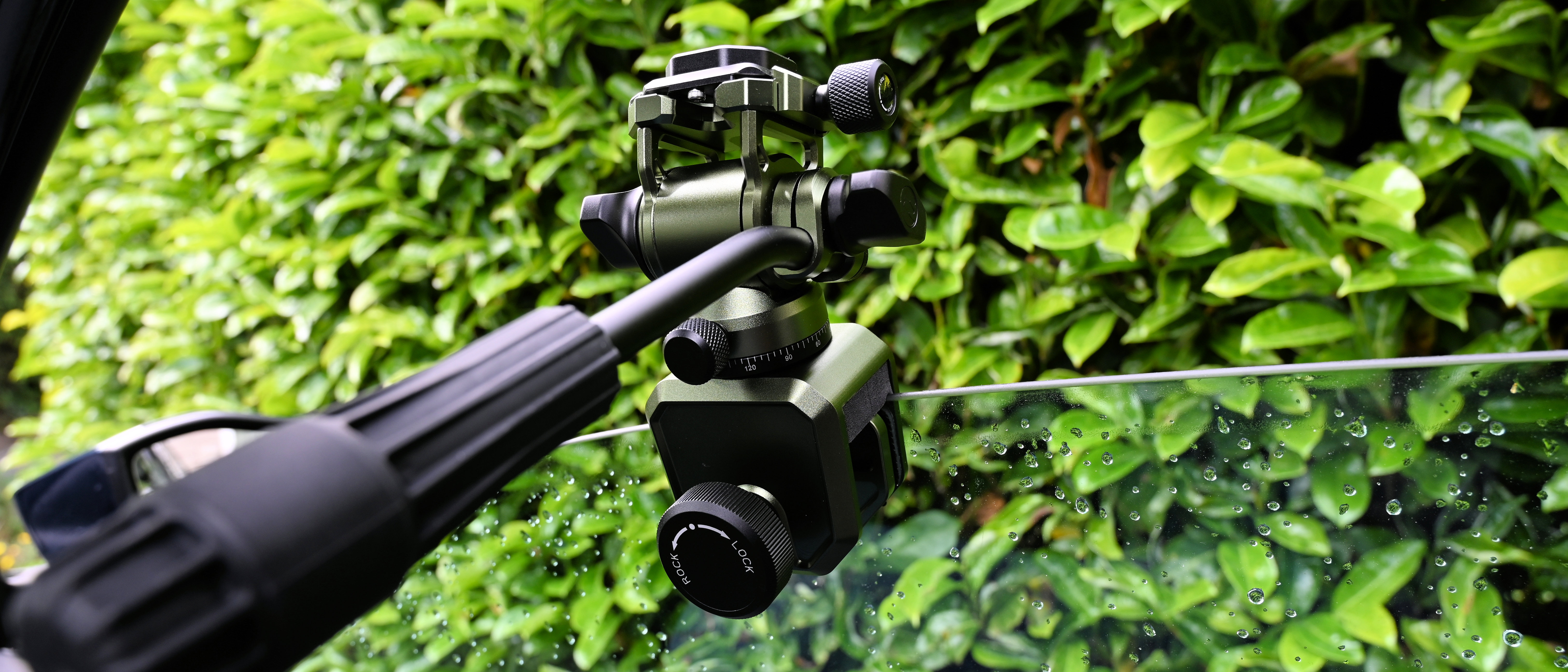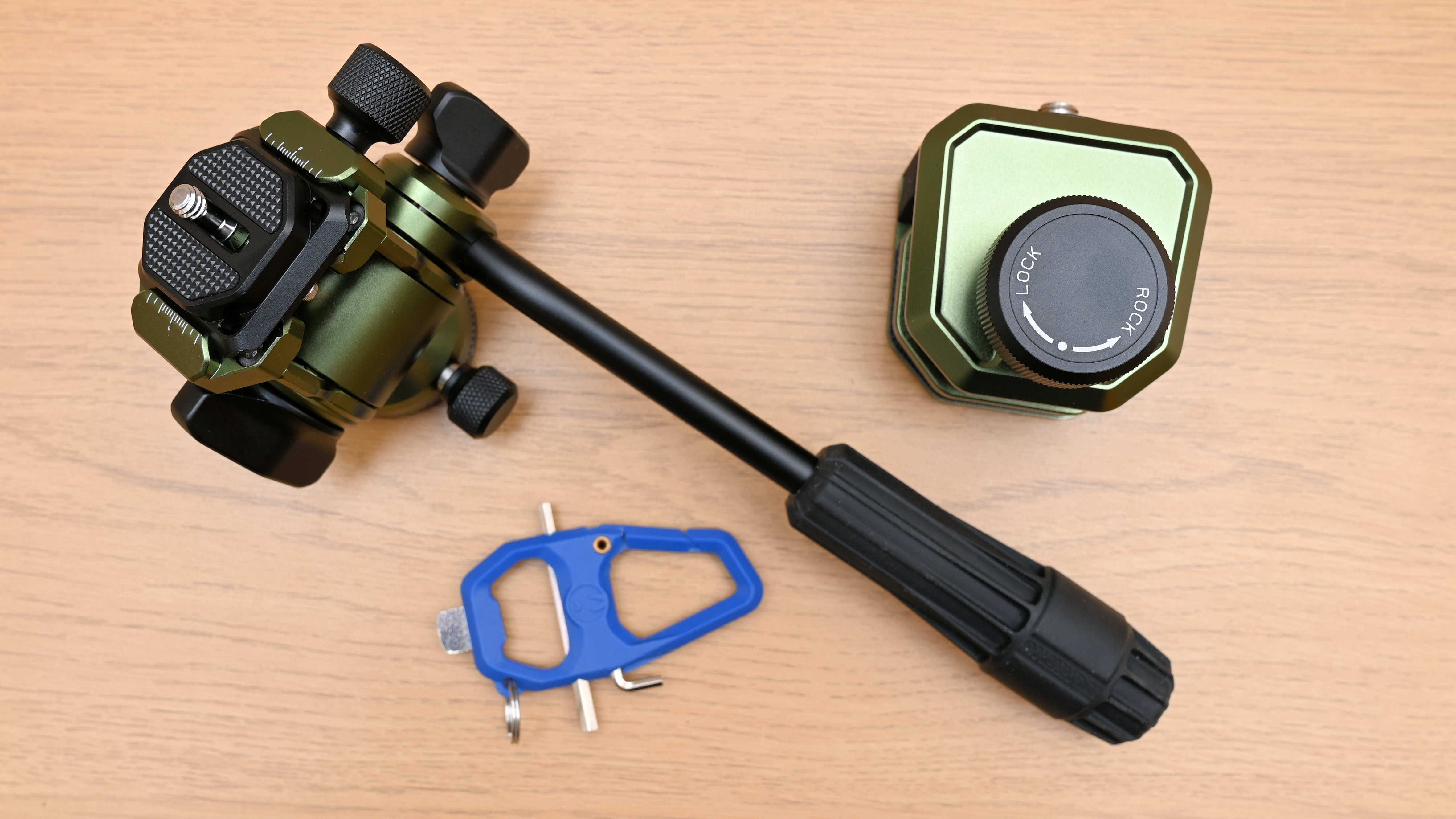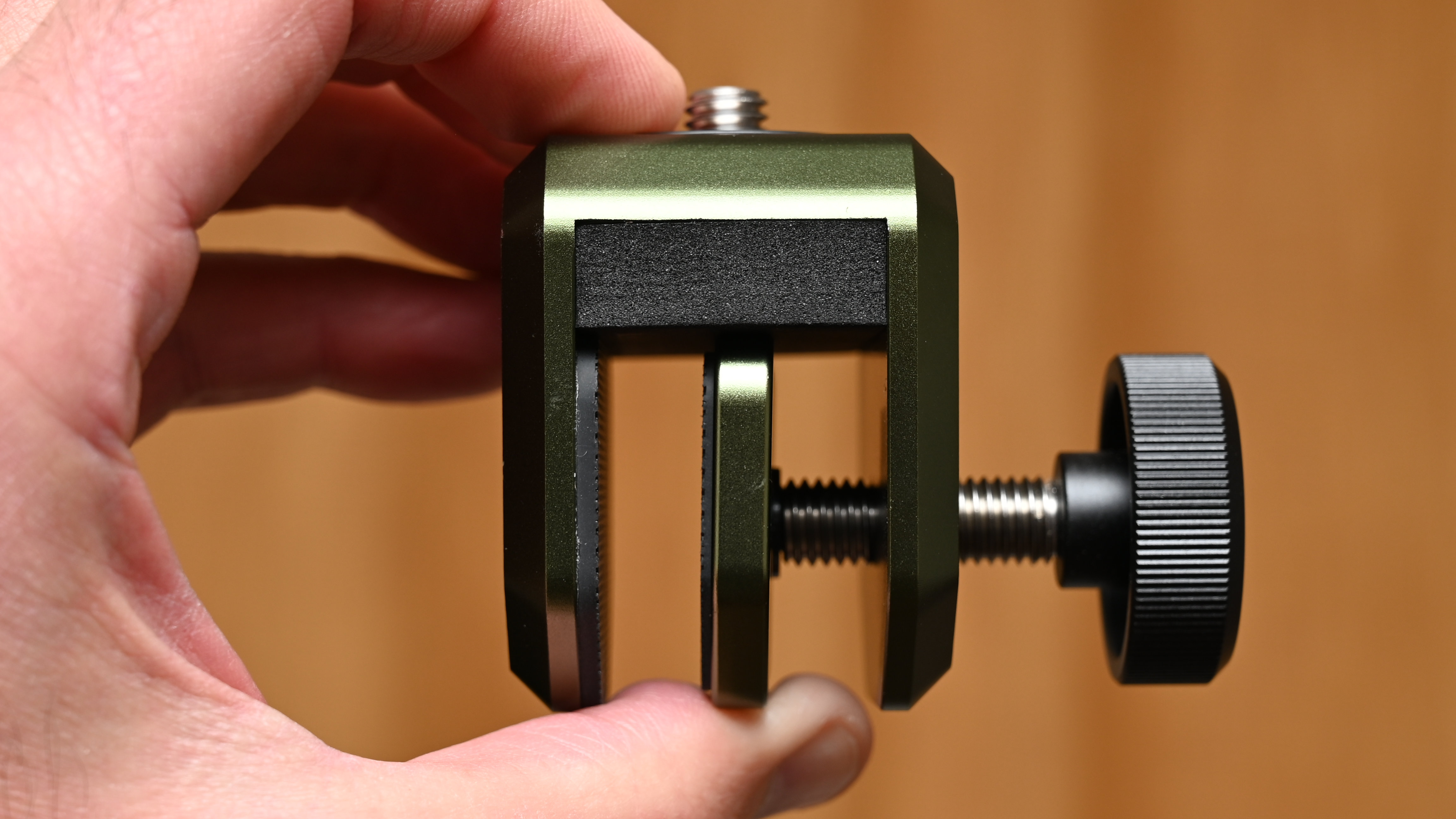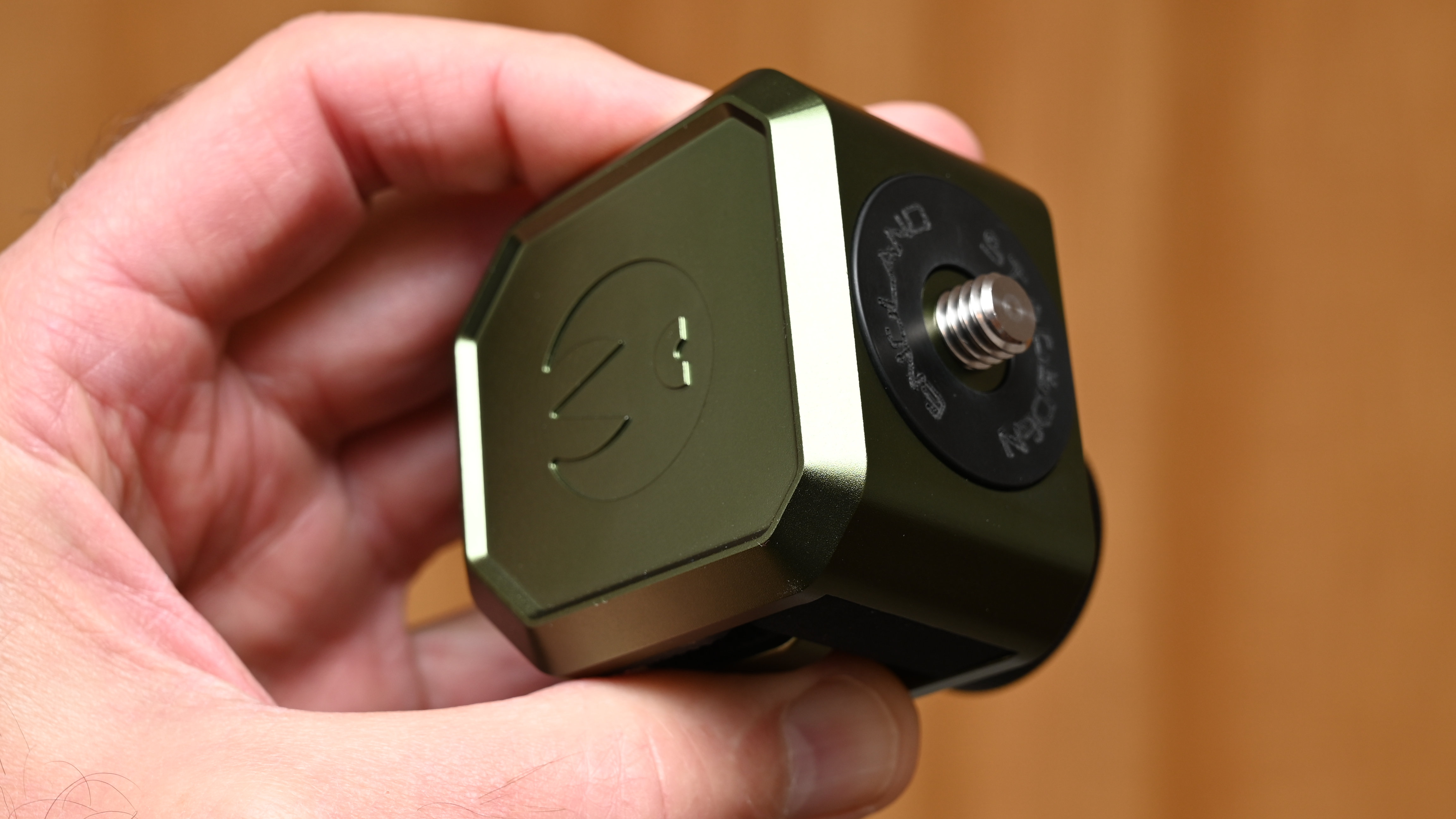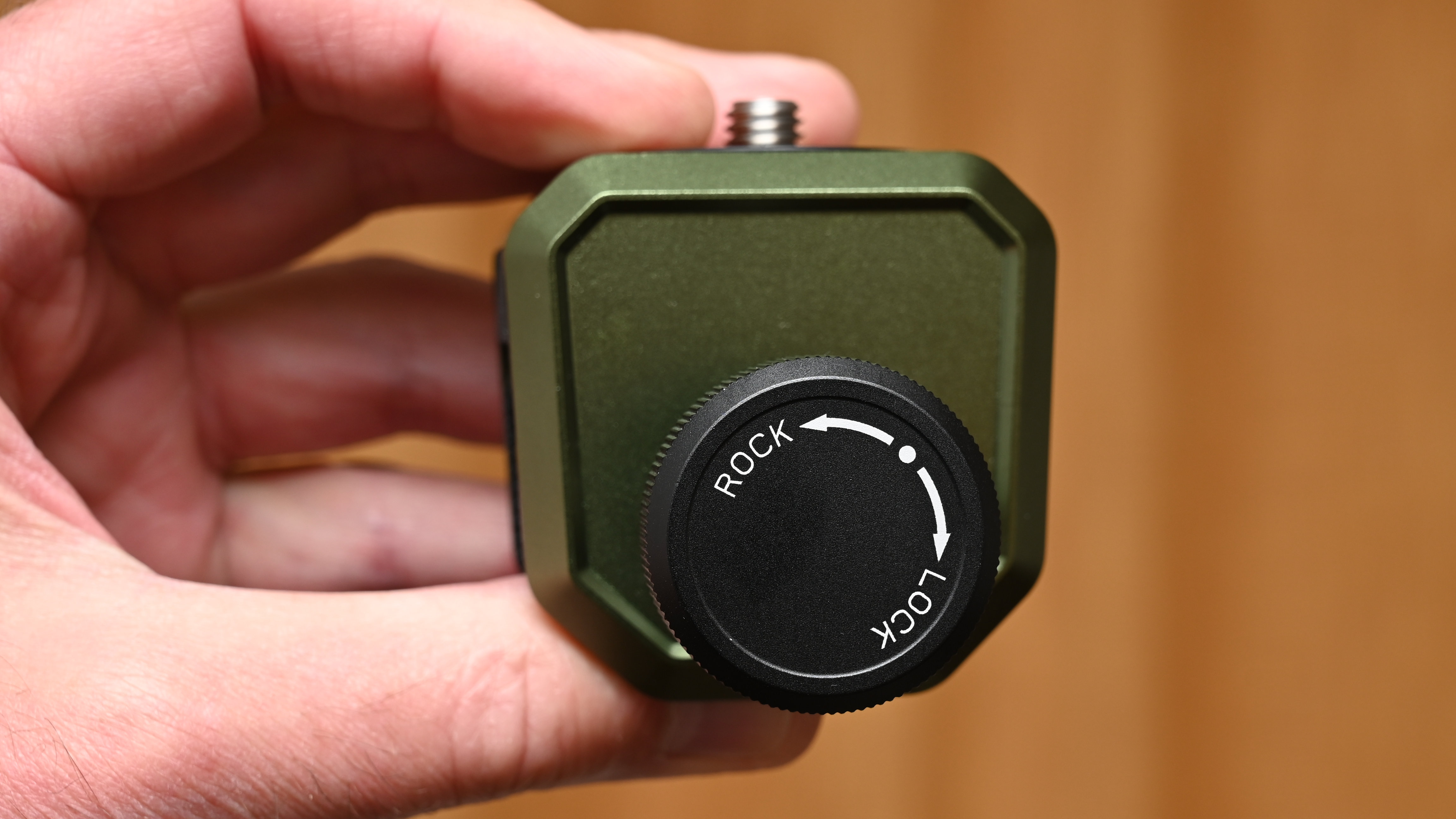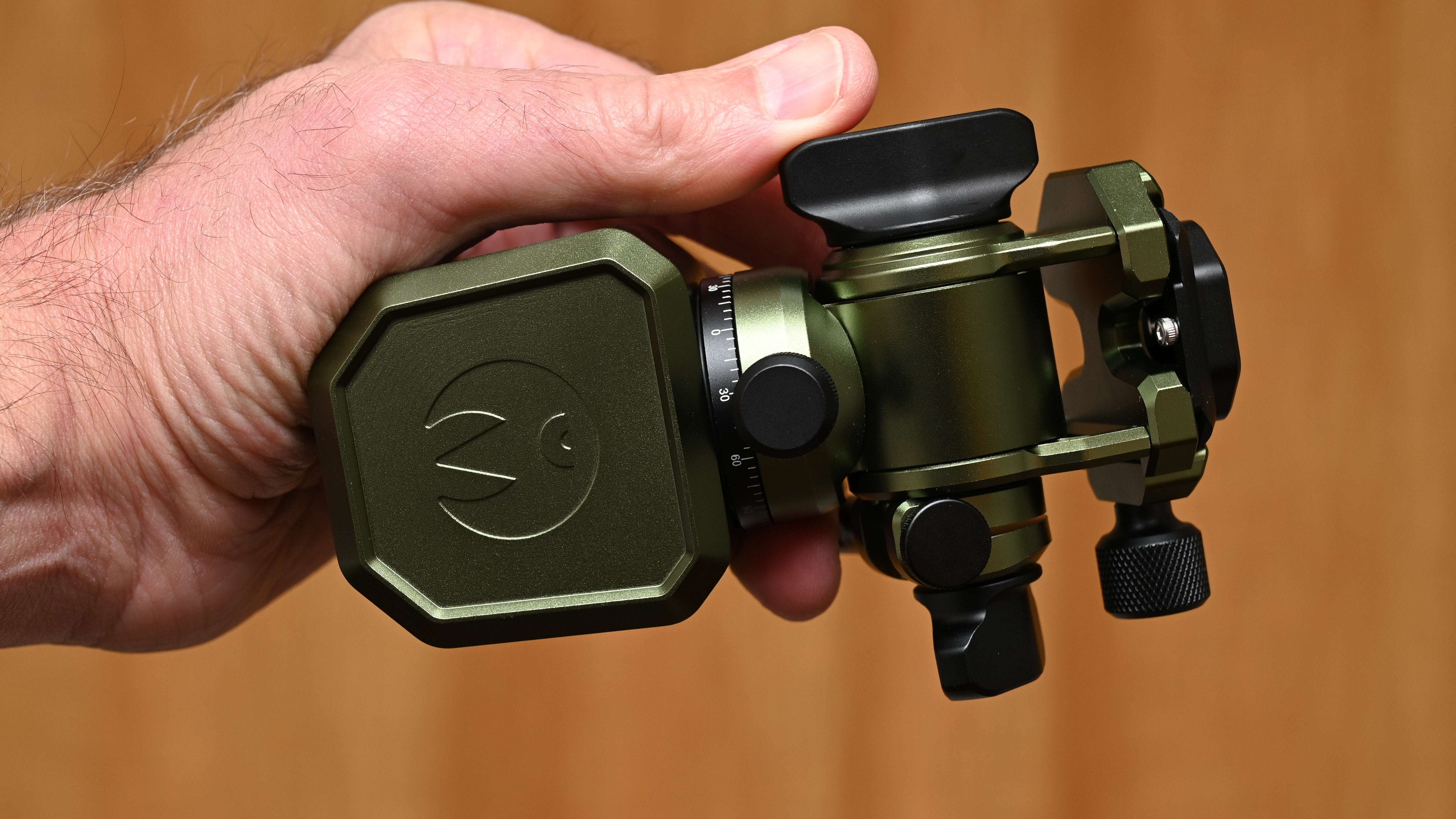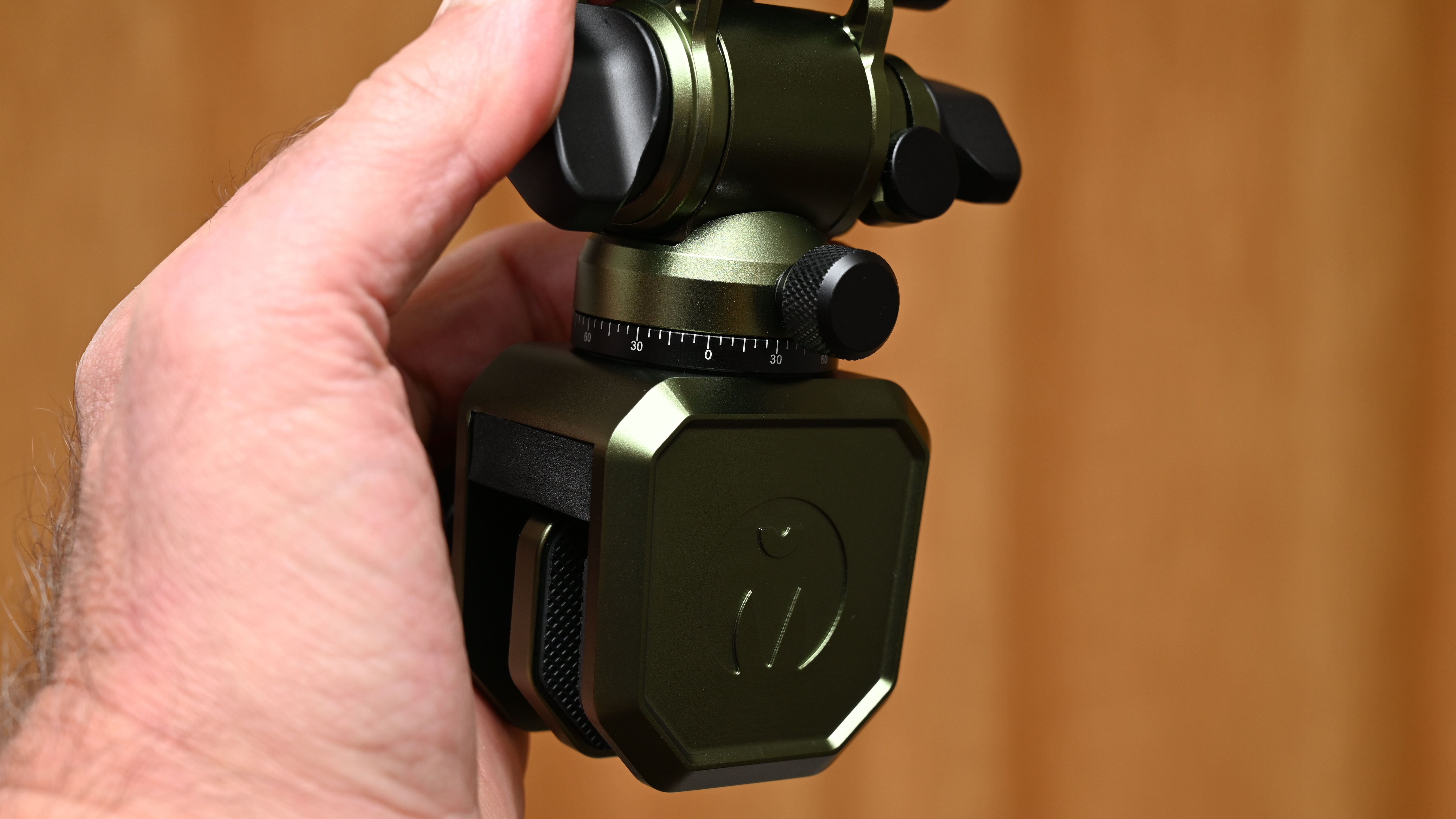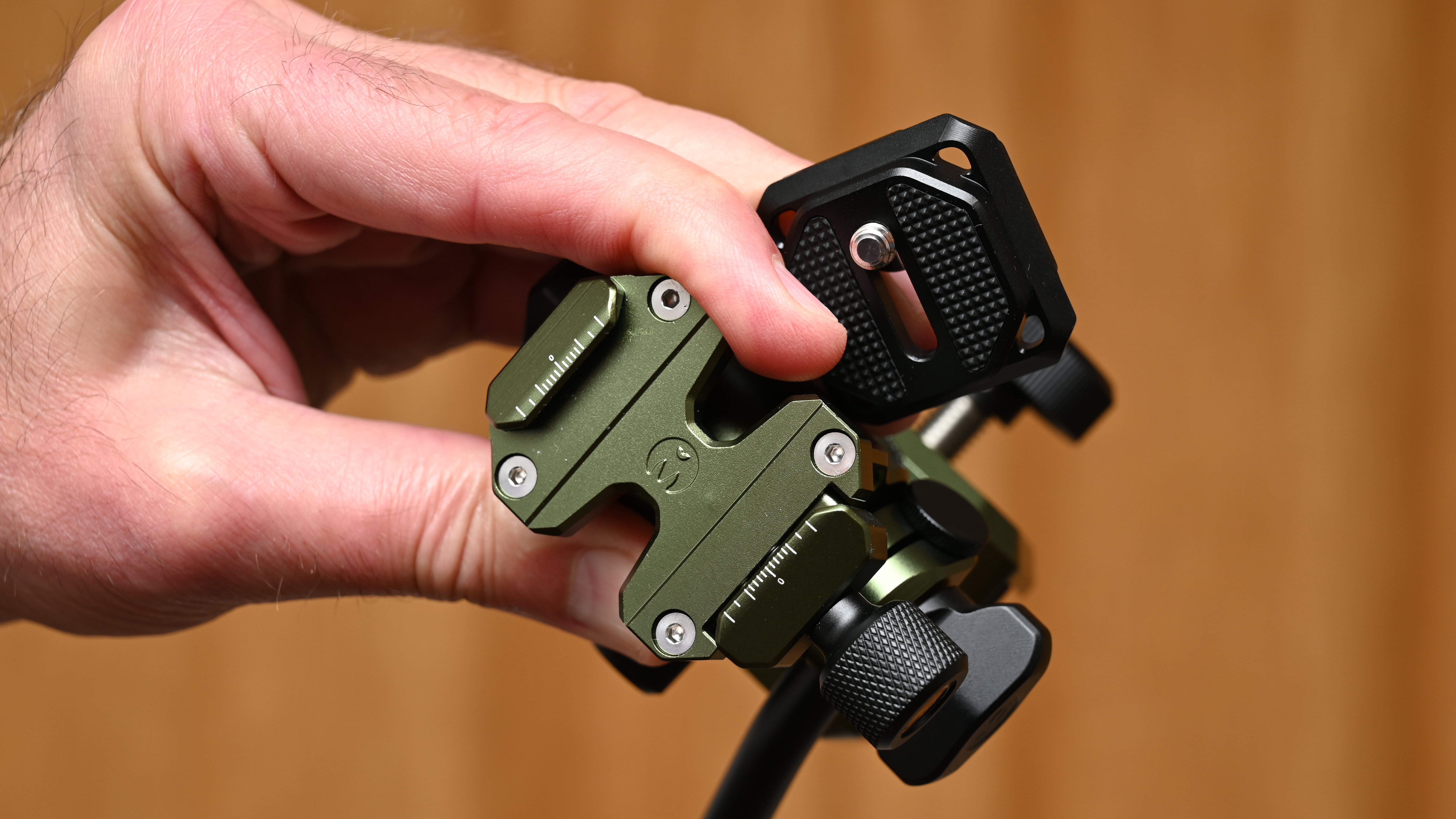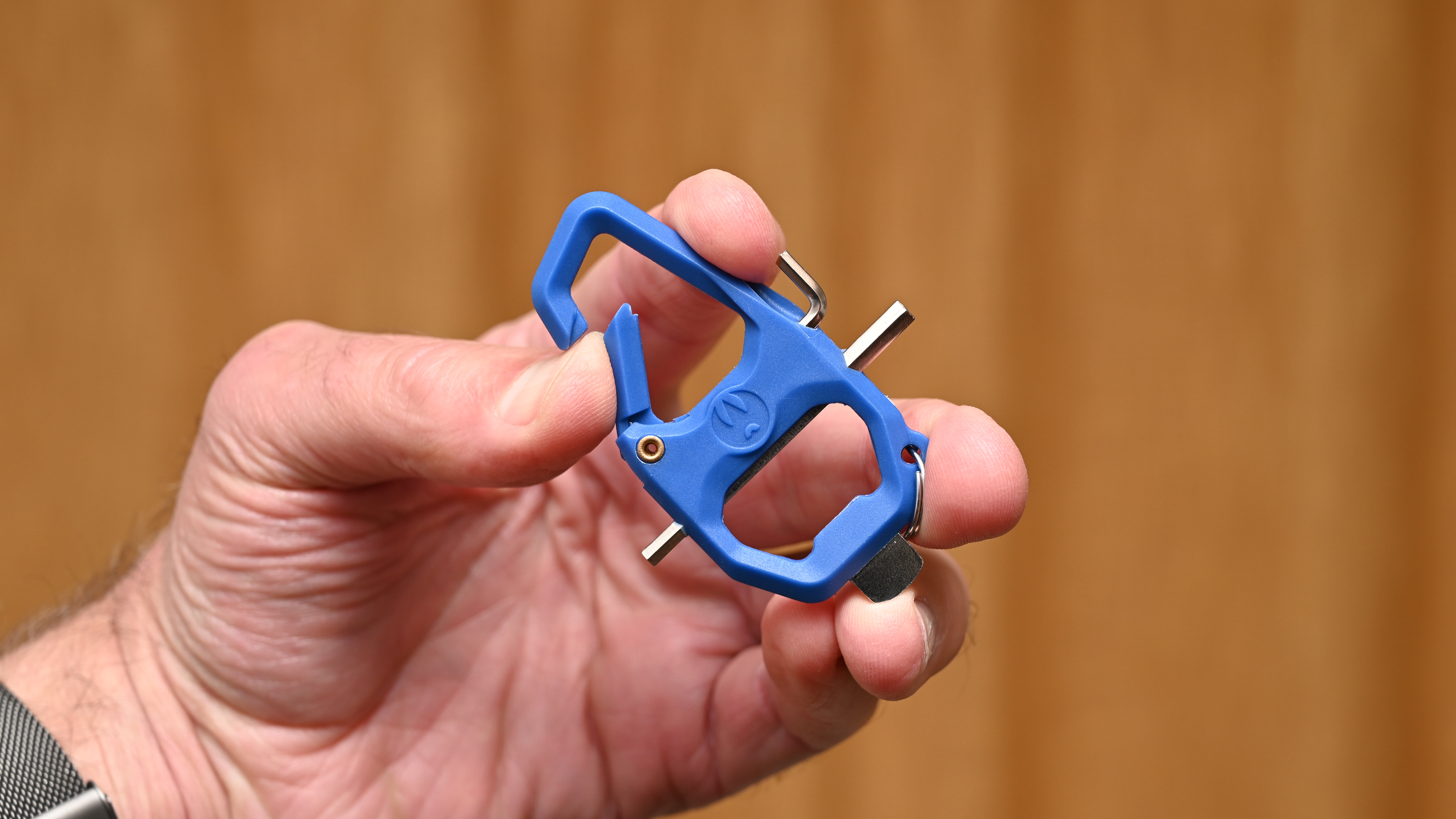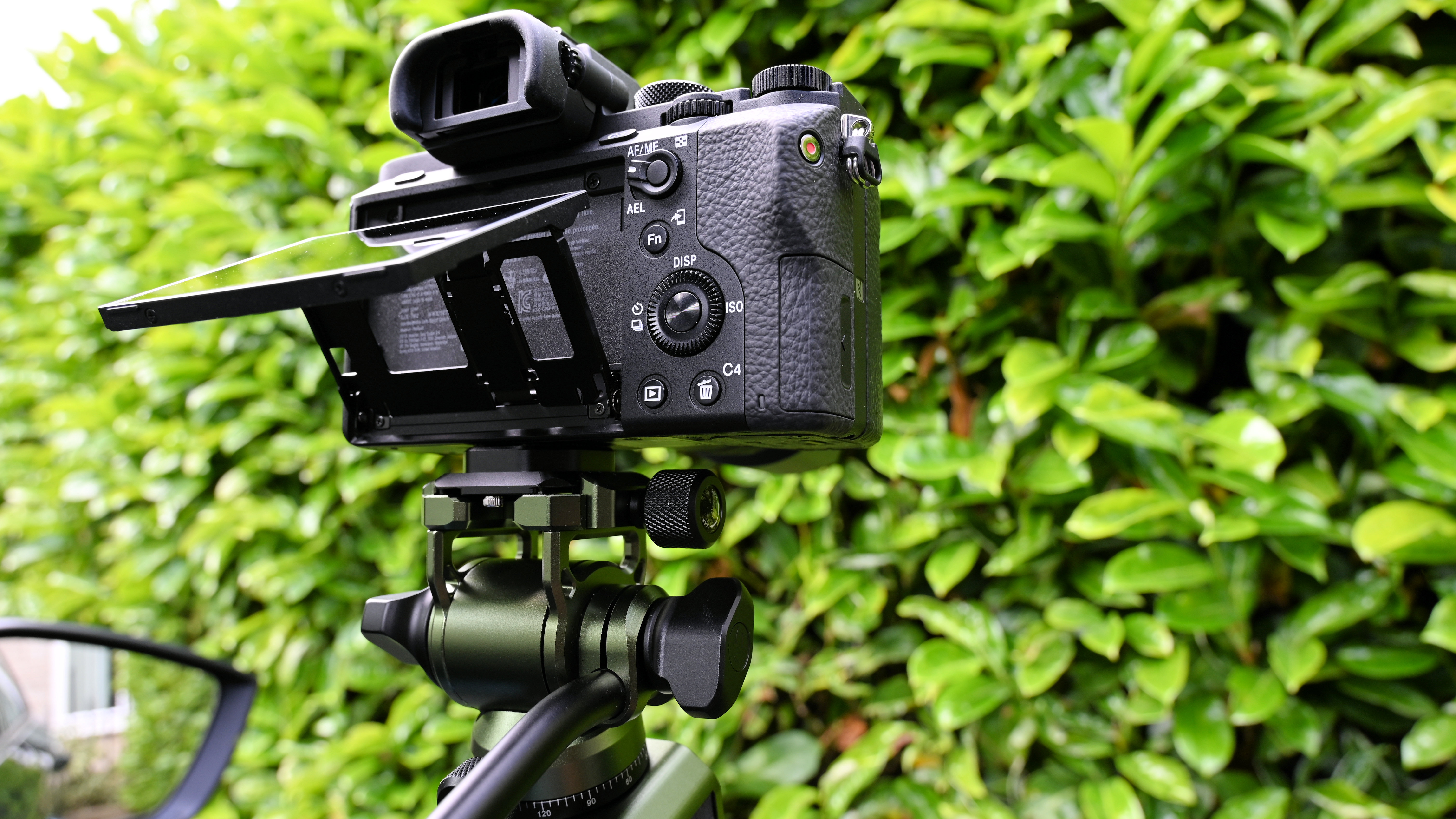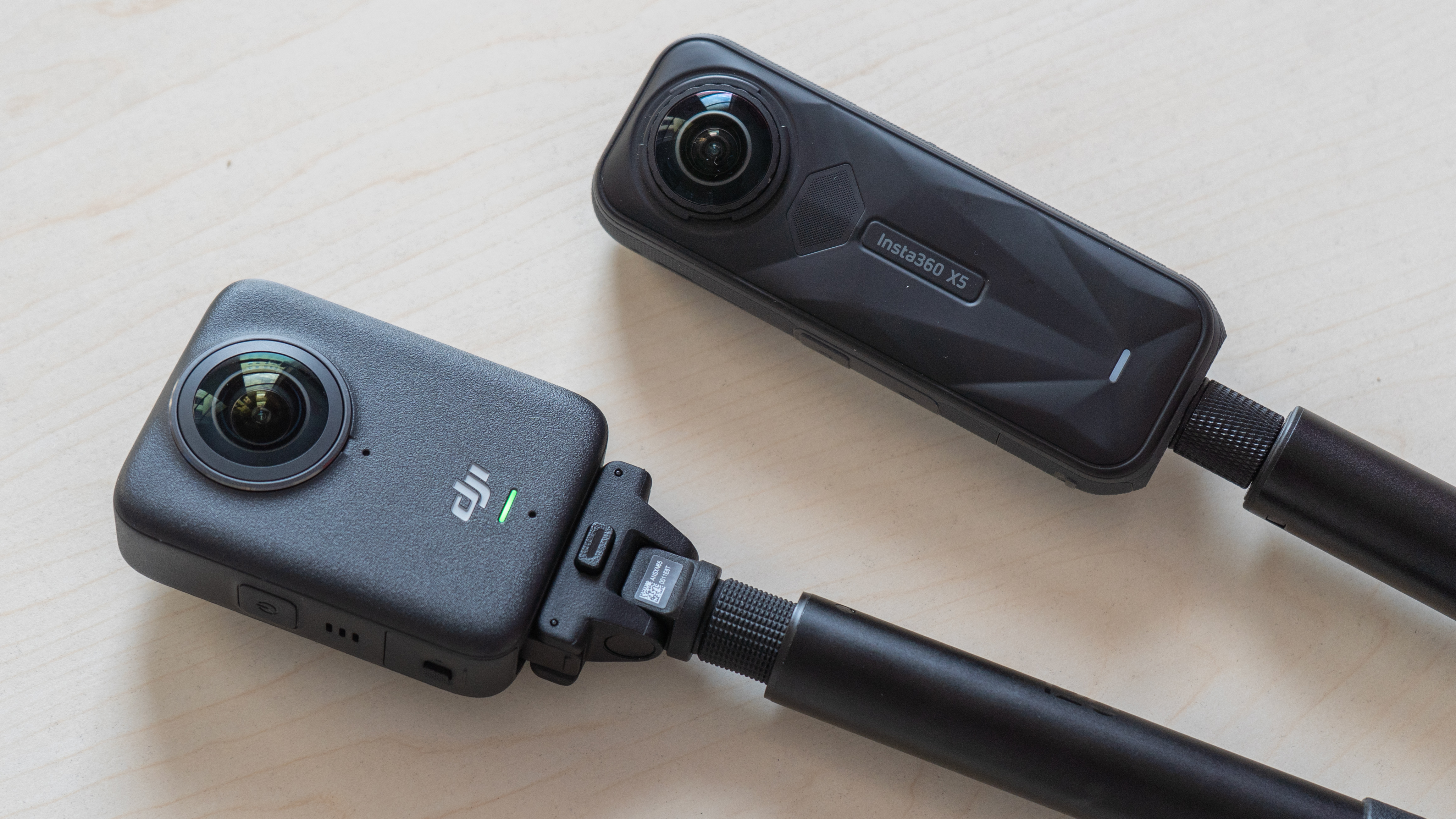Digital Camera World Verdict
I think the 3 Legged Thing Window Mount Clamp works moderately well on its own but massively better as a complete kit with the AirHed Trinity compact pan and tilt head. It’s great for use with cameras or spotting scopes, enabling you to shoot stills and video from the comfort of your own car.
Pros
- +
Shoot from the comfort of your car
- +
Premium build quality
- +
Protective rubberized grip areas
- +
Available with or without head
Cons
- -
Complete kit is pricey
- -
Encourages laziness!
Why you can trust Digital Camera World
3 Legged Thing has long been on my radar as a British company that designs high-end yet cost-effective tripods and other supports. It has a ‘think different’ vibe, not only in the innovative features and functions that typify its designs, but also in that the products are generally named after rock stars, skateboarders and other legends of various pursuits. By contrast, the Window Mount Clamp is simply named after its purpose in life. I’d maybe have called it Van, after Van Morrison (and his hit song, Cleaning Windows) or just because it works equally well in vans as well as cars.
Either way, it’s available as a pure and simple window mount clamp, or as a complete kit with an AirHed Trinity. The name Trinity doesn’t imply some kind of godlike status, merely that it can be used for three different things – photography, video and spotting scopes. Let’s take a closer look.
3 Legged Thing Window Mount Clamp: Specifications
Clamp height | 6cm / 2.4in |
Clamp width | 0.2 – 2.2cm / 0.08 – 0.9in |
Clamp weight | 228g / 8oz |
Clamp + head height | 13.8cm / 5.4in |
Clamp + head weight | 600g / 21.2oz |
3 Legged Thing Window Mount Clamp: Price
There are two options up for grabs. The Window Mount Clamp on its own costs $50 / £40, whereas the complete AirHed Trinity Window Mount Clamp Kit costs $130 / £110 (Aussie pricing wasn't available at the time of writing). The latter is relatively pricey but offers better value overall, unless you’ve already got a suitable compact pan and tilt head. You can’t attach a camera directly to the clamp, as it has a 3/8in mounting screw which is somewhat larger than the 1/4in socket featured in the vast majority of cameras. Both the clamp and the head are available in metallic moss green or in ‘darkness’ (matte black).
3 Legged Thing Window Mount Clamp: Design & Handling
Any support is only as solid as its footing so let’s start with the mount itself (you’ll have to add your own car). It’s definitely a sturdy item, made from aerospace-grade magnesium alloy. The clamp is precision-machined and hard anodized, making it an all-round tough cookie. Nobody wants a cracked window, so the surfaces that come into contact with the glass have protective rubber padding. I especially like that the padding at the top is really deep and soft, which helps to give plenty of flex to accommodate the fact that car windows generally don’t have a flat and level top edge.
The connection screw on the top of the mount is a standard 3/8in diameter. Well, that’s standard for attaching most tripod heads but not for attaching a camera, which will typically have a smaller 1/4in thread. As I’ve mentioned, you’ll really need to add a head, and the 3 Legged Thing head that forms part of the complete kit is pretty much a perfect match in every way, right down to your choice of green or black color schemes.
The design of the mounting clamp makes it very simple to use. There’s basically a single knob on the side labelled ‘lock’ and ‘rock’, with accompanying directional arrows, in case you’re not familiar with ‘Lefty Loosey and Righty Tighty’. All you have to do is loosen it enough so that it fits over the top of your window, then tighten it up again to lock the mount in place.
Let’s move on to the companion AirHed Trinity. It’s a compact pan and tilt head that’s ideally suited to the mount, in the diameter of its mounting base, the thread of its attachment socket and its range of features. The same goes for its size and weight.
The best camera deals, reviews, product advice, and unmissable photography news, direct to your inbox!
There’s a separate control knob on both sides of the head. One is for detaching, attaching and securing the panning handle, the other is for the tilt mechanism. The tilt facility locks off firmly when needed but also has a really nice fluid feel to it when you’re tracking the action.
For panning, there’s a separate lock/release knob, which sits at the base of the head, just above a calibrated scale that’s marked in 30-degree numbered steps and 5-degree sub-intervals.
If you’d rather save space and don’t feel the need for a panning handle, you can easily remove it. All you need to do is slacken the locking clamp and then remove the safety screw from the end of the arm. Splines in the locking mechanism enable you to select your preferred angle for the arm on the vertical plane, and there’s also a fair bit of range from side to side.
Up on top, the camera platform has an Arca Swiss type quick-release plate that has a locking knob to one side. The plate itself has security pins front and back, to avoid it accidentally slipping out when the locking knob is loosened.
The locking screw for attaching your camera or spotting scope to the quick-release plate doesn’t have a D-ring that you can hold between your finger and thumb, but the kit does come with a multi-function tool that gives the option of tightening or loosening the screw with an Allen key or flat blade.
3 Legged Thing Window Mount Clamp: Performance
Depending on what you’re shooting a scenic view or tracking birds in flight or other wildlife with your camera or a spotter, you’ll need the mount and its attached head to stay perfectly still, or to enable a free range of movement. With the simple tightening or loosening of a couple of knobs, this kit does both. It remains solid and firm when locked off, and enables super-smooth and fluid movement for pan and tilt. There’s also a nice counter-sprung feel to its tilting action.
The design remit is perfectly executed for using the clamp and head with cameras, spotting scopes, action / 360-degree cameras, and even phones via a suitable phone mount (the 3 Legged Thing Phil springs to mind for the last of these). If you download the operating instructions, you’ll see that 3 Legged Thing explains at some length that the Window Mount Clamp is designed to be used on the window of a static vehicle, and that any use undertaken in a moving vehicle is done at your own risk, and won’t be covered by the 5-year warranty. Even so, the company’s own promo video for the mount includes footage of it being used while driving around. I’d say just make sure you watch where you’re going.
3 Legged Thing Window Mount Clamp: Verdict
I feel that the 3 Legged Thing Window Mount Clamp is a smartly designed and beautifully built bit of kit, but that it’s only half the story. The mount is simply begging to be paired with the AirHed Trinity compact pan and tilt head, as they’re literally made to be together. I’d definitely go for the complete kit that comprises both items, and makes shooting or scoping from your car a thoroughly enjoyable experience.
Features ★★★★★ | I wouldn’t give a 5-star rating for features to the mount on its own, but the complete kit is a worthy winner. |
Design ★★★★★ | Thoughtful design, premium materials and an impeccable finish make this a humdinger of a window clamp kit. |
Performance ★★★★★ | Solid and still when you need it, but with the alternative of smooth, fluid movement, performance is top-notch. |
Value ★★★★☆ | The complete kit is pretty pricey but well worth the money, making it very good value. |
Matthew Richards is a photographer and journalist who has spent years using and reviewing all manner of photo gear. He is Digital Camera World's principal lens reviewer – and has tested more primes and zooms than most people have had hot dinners!
His expertise with equipment doesn’t end there, though. He is also an encyclopedia when it comes to all manner of cameras, camera holsters and bags, flashguns, tripods and heads, printers, papers and inks, and just about anything imaging-related.
In an earlier life he was a broadcast engineer at the BBC, as well as a former editor of PC Guide.
You must confirm your public display name before commenting
Please logout and then login again, you will then be prompted to enter your display name.
